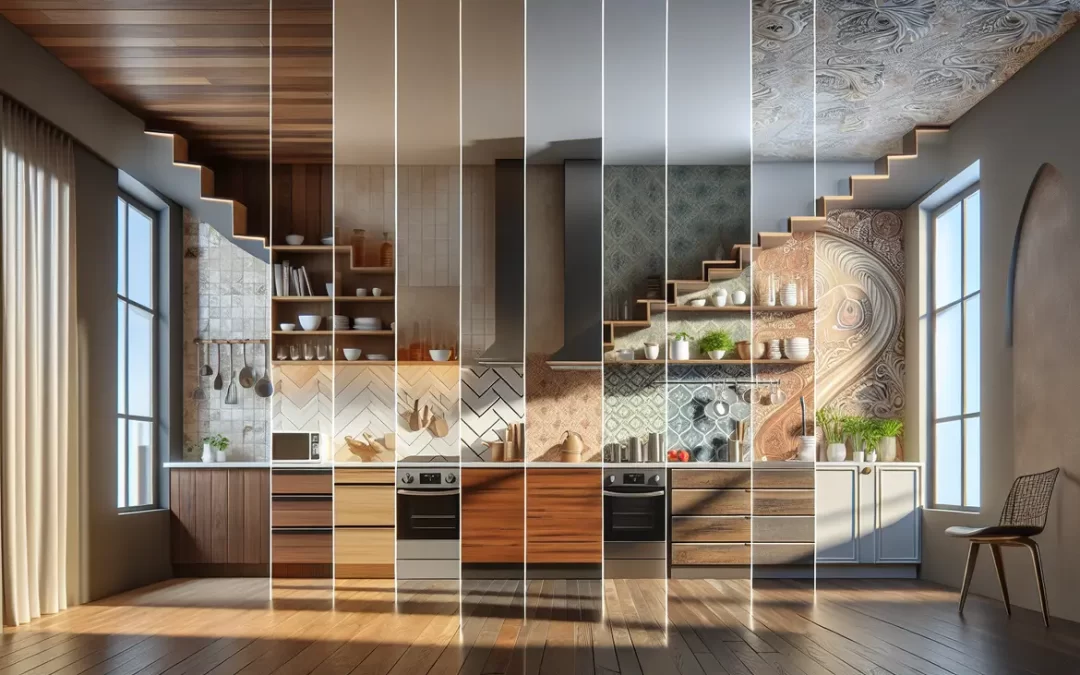
Fast Fashions Effect on Kitchens and Buildings
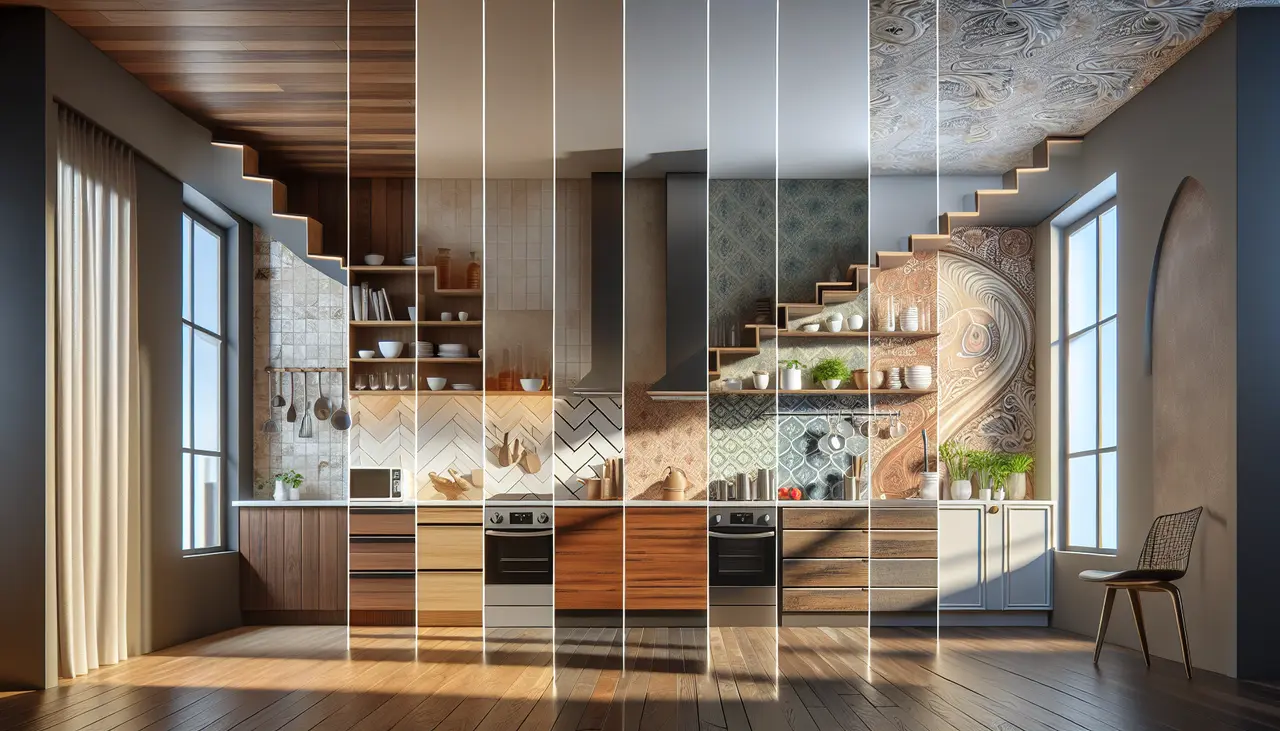
The Need for Speed
The Impact on Kitchens
Outdated Buildings and Kitchens
The Acceleration of Trend Cycles
The Implications
Something For Everyone
THE PIECES RACHEL RETURNS TO, AGAIN AND AGAIN


THE PIECES RACHEL RETURNS TO, AGAIN AND AGAIN
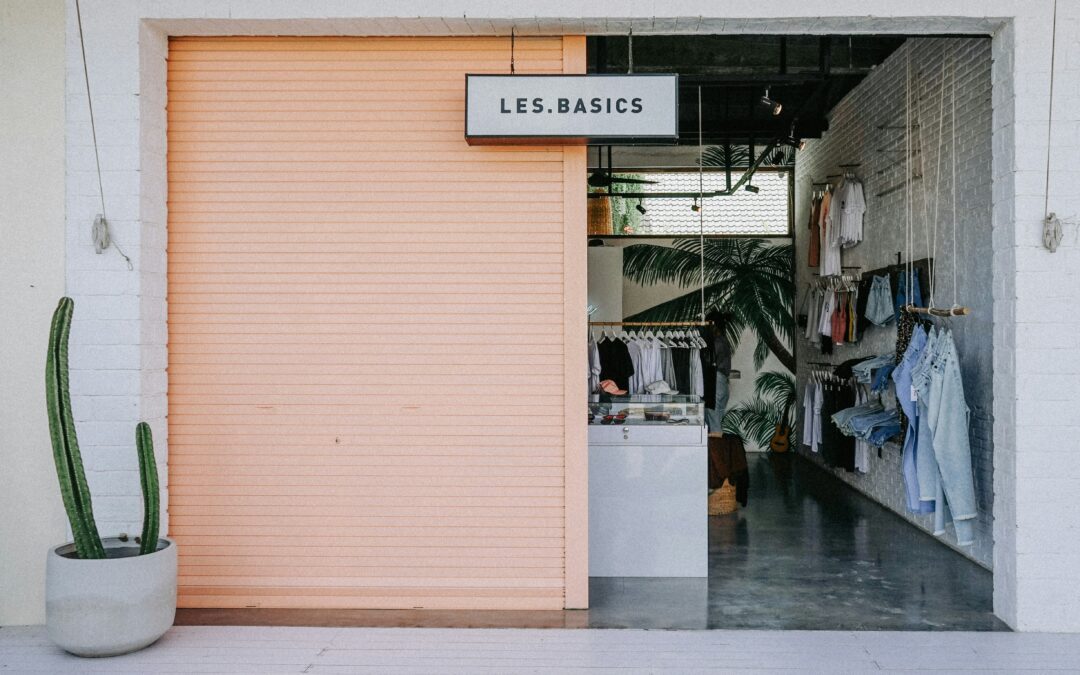
Design that makes every square foot go further—for your brand and your bottom line.
Small retail environments come with unique challenges: limited display space, tight customer flow, and compact storage areas. Yet with strategic design, even the tiniest footprint can deliver elevated aesthetic impact and stronger sales.
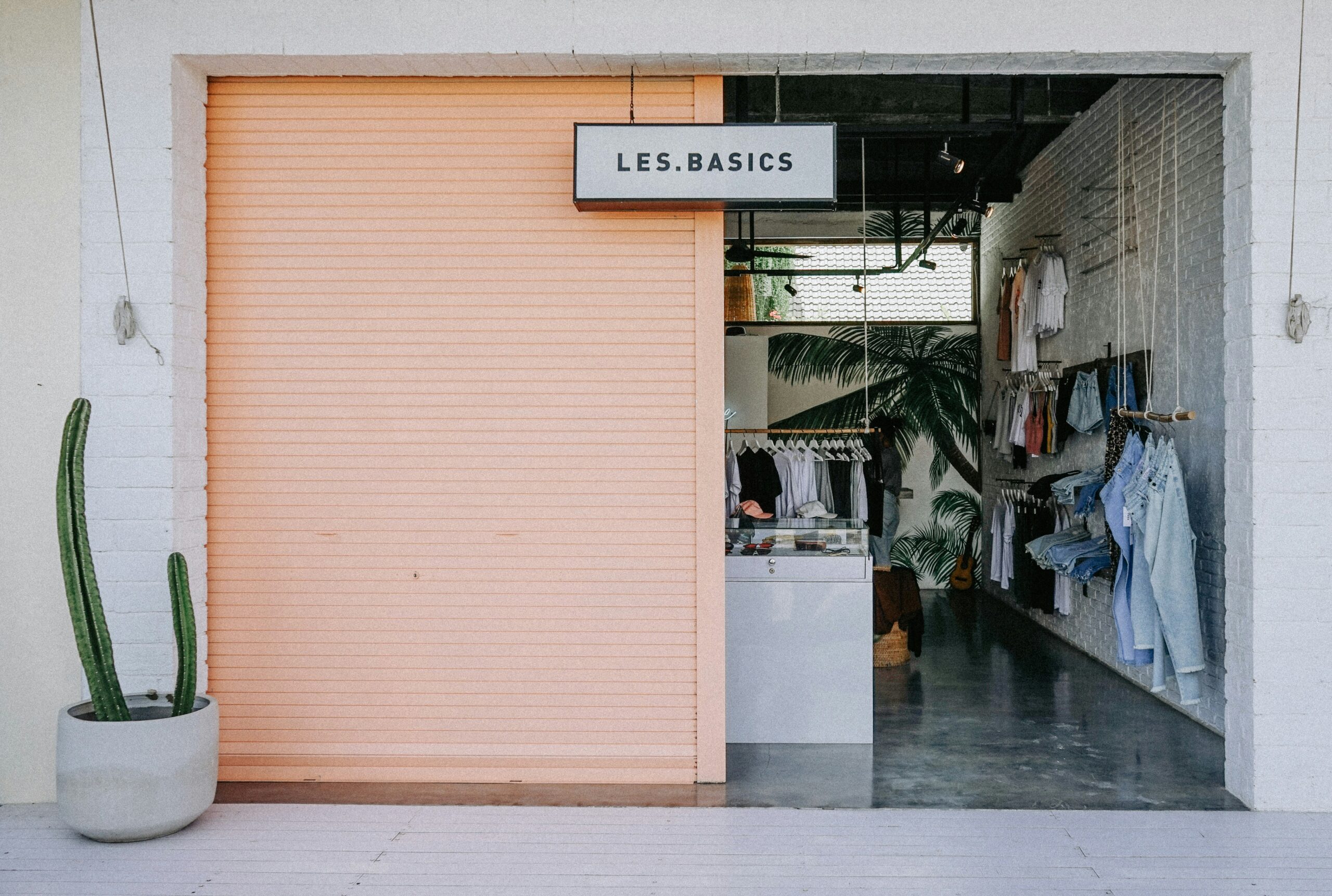
How shoppers move through your store informs everything—from impulse buys to dwell time:
High-margin items near the entrance encourage immediate interest.
Focal display zones draw customers inward and highlight bestsellers.
A thoughtful layout—whether grid, loop, or free-flow—guides browsing organically.
Creating an inviting, spacious feel begins with:
Layered lighting (ambient, task, accent) and LED solutions for deep impact.
Light neutral palettes with rich accent tones to suggest openness and personality.
Mirrors, sculptural fixtures, and flexible shelving that bring balance and visual depth.
Vertical space is your ally:
Install wall-mounted shelving or hanging racks to free up floor traffic.
Modular fixtures, multipurpose furniture, and hidden storage keep space versatile and clutter-free.
Each piece should serve more than one purpose:
Display furniture that doubles as storage.
Seating that also stores inventory.
Fixtures that adapt to seasonal or product changes.
Your store entry is more than an entrance—it’s the moment your visitor decides whether to linger:
Keep clutter minimal.
Use lighting, sensory cues, and open sightlines to invite calm and presence.
Even small shops can deliver high-tech retail:
Touchscreens for virtual product demos.
Mobile checkout for faster service.
Lighting or beacon technology that highlights displays or triggers promos.
To create impactful retail spaces, you can utilize innovative design strategies that maximize the potential of small areas. By incorporating clever layout and display solutions, you can make the most of limited space, attract customers, and enhance the shopping experience. Make use of lighting, creative shelving, and versatile furniture to create a visually appealing and functional retail environment that enhances the shopper’s experience.
Effective visual merchandising also plays a crucial role in displaying products for sale in a way that highlights key items and entices customers to make purchases. Using a power wall to showcase key products or promotions can draw attention and enhance sales. Paying attention to details and incorporating a cohesive retail design theme throughout the store can leave a lasting impression on shoppers and contribute to long-term success.
THE PIECES RACHEL RETURNS TO, AGAIN AND AGAIN
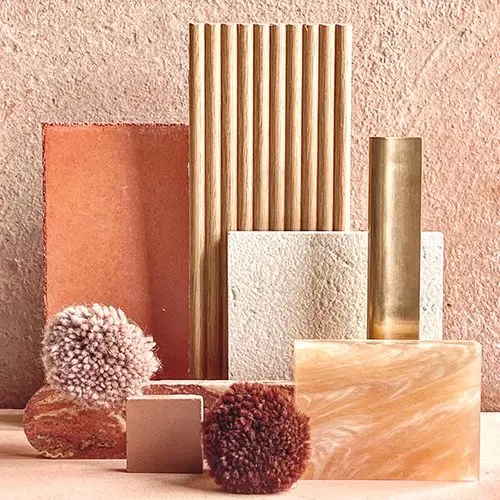
When embarking upon a new build construction project, involving an interior designer from the outset can make a significant enhancement to the final look and feel of your space. By collaborating with an interior designer early on, you can ensure a cohesive and well-integrated design that aligns with your vision, enhances your daily functioning with the architecture. Interior designers bring valuable insights into optimizing space usage, enhancing functionality, and creating a harmonious aesthetic. A designers expertise can also help streamline the decision-making process, helping to avoid costly design changes later in the project. Incorporating a professional focused on the interior design scale from the beginning can ultimately result in a more cohesive, visually appealing, and functional space.

In new build construction interior designers provide valuable input on layout design, material selection, and color schemes, ensuring a cohesive and aesthetically pleasing outcome. By collaborating with architects and builders from the start, interior designers can help streamline the construction process, minimize potential design conflicts, and optimize the use of space. Their expertise in spatial planning and knowledge of current design trends and building materials can ultimately lead to a more efficient and successful project.
Having an interior designer involved early in a new build construction project can bring multiple benefits. The collaboration between interior designers and architects helps ensure that the building’s interior and exterior are harmoniously designed, maximizing both functionality and aesthetics. Early involvement of interior designers allows them to provide input on spatial planning, lighting, and materials, ensuring that the design vision is cohesive and consistent throughout the entire project. This collaboration can lead to a more efficient use of space and optimized aesthetic appeal, ultimately contributing to a more successful and appealing end result.
When it comes to designing a new build construction, it’s important to consider both functionality and aesthetics. Hiring an interior designer early in the project can ensure that the space not only looks beautiful but also works well for your needs. This can include optimizing the layout for better flow, selecting durable and practical materials, and creating a cohesive design that reflects your style. Working with an interior designer from the start allows for a seamless integration of the design with the architectural plans, leading to a more cohesive and thoughtfully designed space.
To maximize space and layout during the construction process, involving an interior designer early on can make a big difference. They can provide valuable input on optimizing the use of space, creating efficient layouts, ensure the size of the rooms will fit larger bedsides, double check usage requirements are provided for and ensuring a functional design that meets your needs. With their expertise, an interior designer can help you make the most of the available space, allowing for better flow and functionality within the new build construction.
Getting the interior designer and the architect on the same page is important. Selecting materials and finishes for new build construction is a critical process that can significantly impact the final look and feel of your space. Getting an interior designer involved early in the project can help ensure that the materials and finishes chosen align with your desired aesthetic and functionality. Here are a few key considerations when making these selections:
Sustainable and eco-friendly design elements are important for new build construction projects. By incorporating these elements, you can reduce the environmental impact of the building and create a healthier indoor environment. Some ways to achieve this include using renewable materials such as bamboo or cork, installing energy-efficient appliances and lighting, and utilizing natural ventilation and daylight to reduce the need for artificial heating and cooling. Additionally, implementing water-saving fixtures and recycled materials can further contribute to the overall sustainability of the project. Working with an interior designer early on can help ensure that these elements are seamlessly integrated into the overall design, resulting in a more efficient and environmentally conscious building.
When considering budgeting and cost considerations with an interior designer for a new build construction project, it’s important to remember that hiring an interior designer early on can help you save money in the long run. Here are a few key points to keep in mind:
By involving an interior designer early in the new build construction process, you can ensure that your project stays within budget and meets your vision for the space.
Throughout the construction process, clear communication and coordination are essential for ensuring that the interior design aligns with the overall vision. Having an interior designer involved early on allows for seamless integration of design elements and avoids any potential conflicts with the construction timeline. This collaboration ensures that the construction team and the interior designer work together efficiently, leading to a cohesive and harmonious end result.
Early involvement of an interior designer in new build construction can result in a more cohesive and well-planned design. It allows for seamless integration of various design elements, such as layout, lighting, and materials, creating a more harmonious and functional space. Interior designers can also provide valuable input on space utilization and aesthetic choices, ensuring that the final result meets both practical and aesthetic goals. Their early involvement can lead to cost-saving by avoiding design changes and ensuring that the built environment reflects the desired aesthetic and functional needs from the start.
Take the first step towards creating your dream space. If you are a client with multiple homes looking for a decorator near you, a hotelier doing a redesign, or a developer looking for top-notch interior design services near you, Rachel Blindauer and her team are here to bring your vision to life. With their wealth of experience and expertise, they can create stunning and functional spaces that exceed your expectations and bring you to a new height of design and sophistication.
THE PIECES RACHEL RETURNS TO, AGAIN AND AGAIN
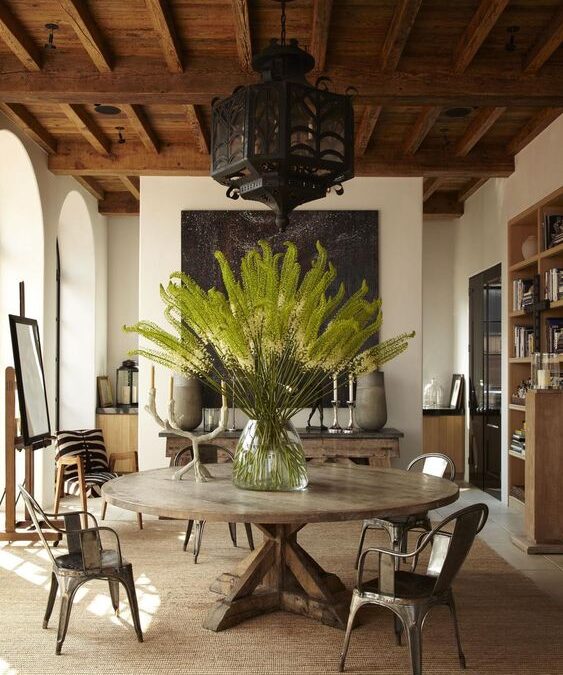
As we look ahead to 2024, let’s explore the new trends in interior design from furniture to color schemes. Based on my research of trending searches and design knowledge, here are the top 9 trends in interior design for 2024:
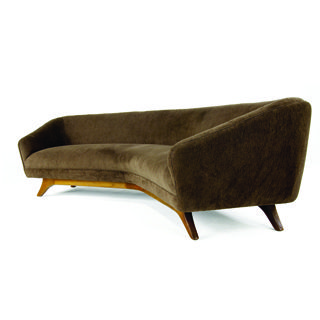
Brown couches are set to be popular in 2024 as they bring earthen warmth, hide spills/dirt and function as a warm dark neutral in room. They create a cozy and inviting atmosphere and function as a neutral that grounds the popular cream texture looks. Sofa shown by Vladimir Kegan
Embracing flowing lines and organic shapes, curved couches and chairs are becoming increasingly popular. They add a touch of modernity and sophistication to your living space while also promoting a sense of comfort and relaxation. Chair and ottoman by Rachel Blindauer’s vendor Collector Group

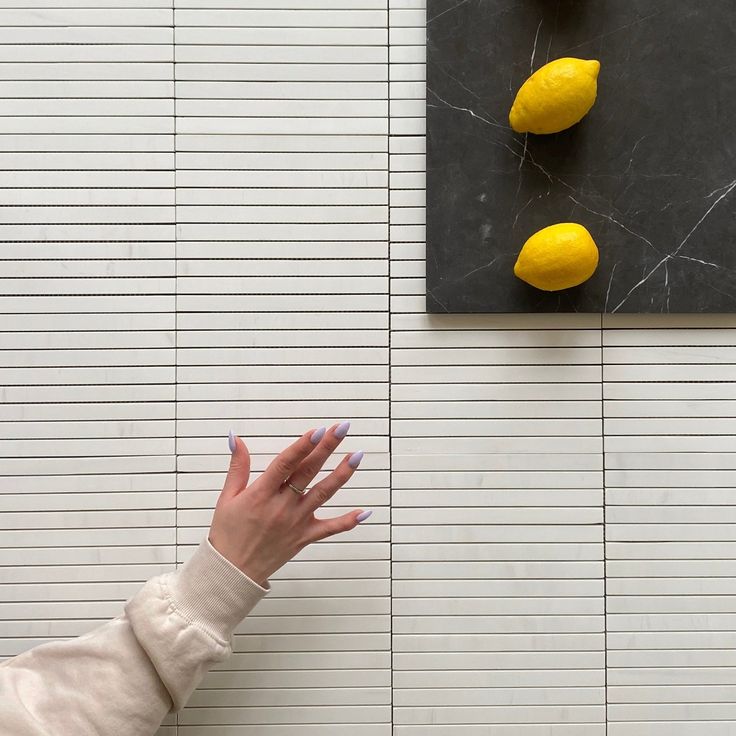
This trend puts a twist on the classic tile and brick pattern by stacking tiles so they are aligned horizontally and vertically creating an unexpected layout. Stacked-tile backsplashes create visual interest and add a unique touch to your kitchen or bathroom. Domomite stacked tile pictured.
Industrial-style decor continues to be popular in 2024, but gets more sophisticated with hand hewn stone, hand hewn wood, brick and metal accents. These features add a rustic yet modern charm to your home, creating a earthen and relaxed atmosphere.
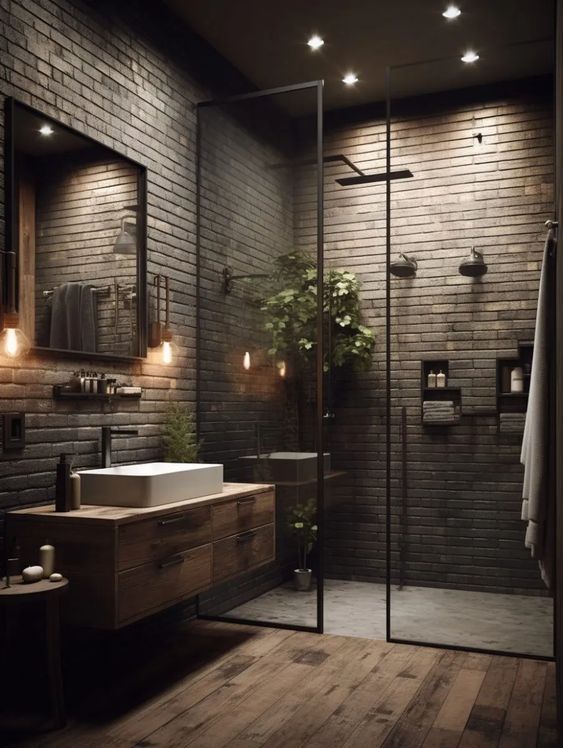
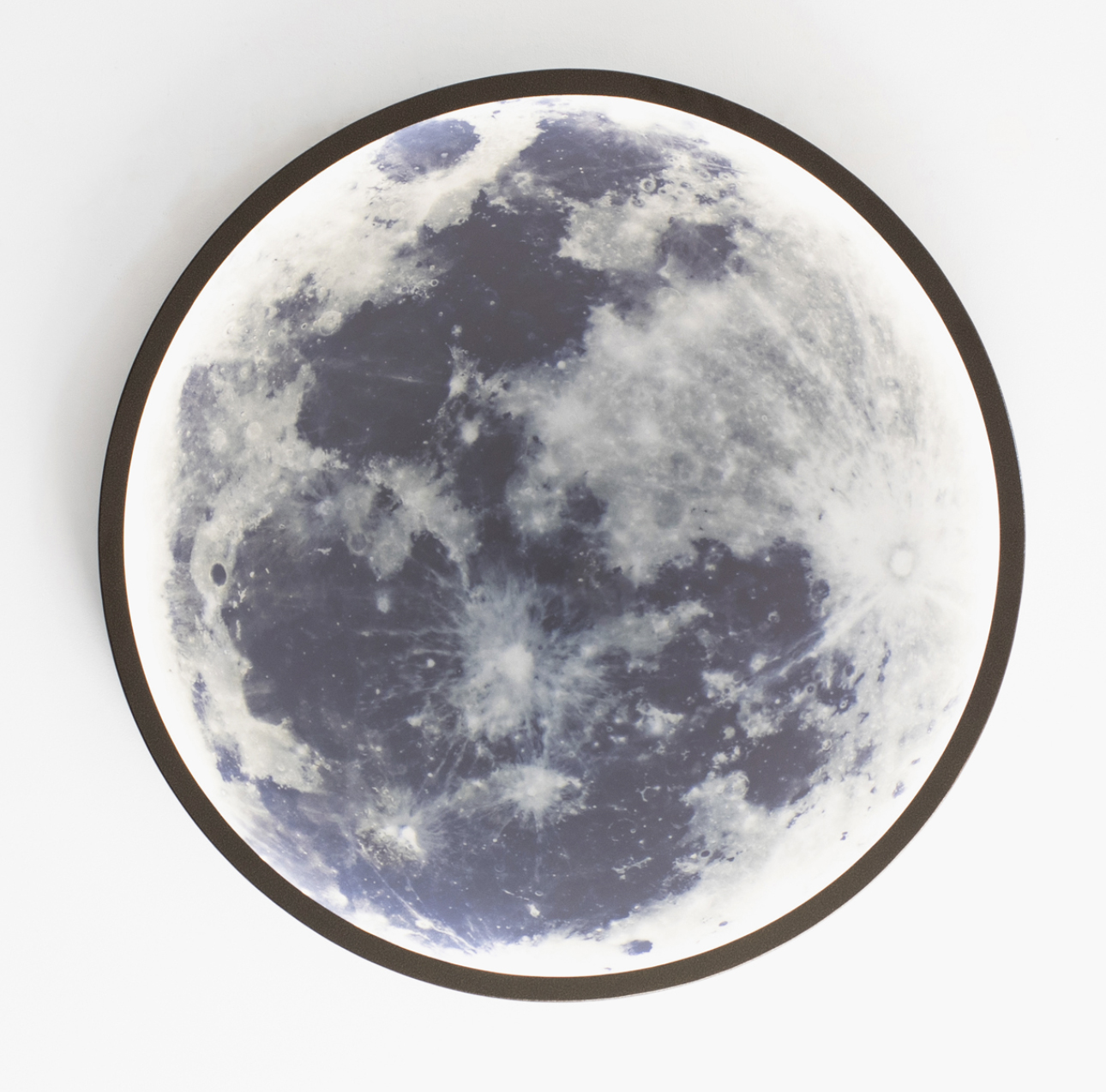
Wall-mounted sculptures offer depth and dimension, adding a unique touch to your space. Mixing artworks in a variety of finishes, textures, and shapes can create a bold statement. Statement pieces add personality and create a wow factor. Moon Light by Rachel Blindauer vendor Ben & Aja Blanc at Future Perfect.
I anticipate a greater focus on hood vent covers in 2024. Bolder designs incorporating distinct textures such as plaster or wood fluting will be popular. Pairing a dramatic hood vent with an eye-catching range can elevate the overall aesthetic of your kitchen. Custom plaster range hood pictured.
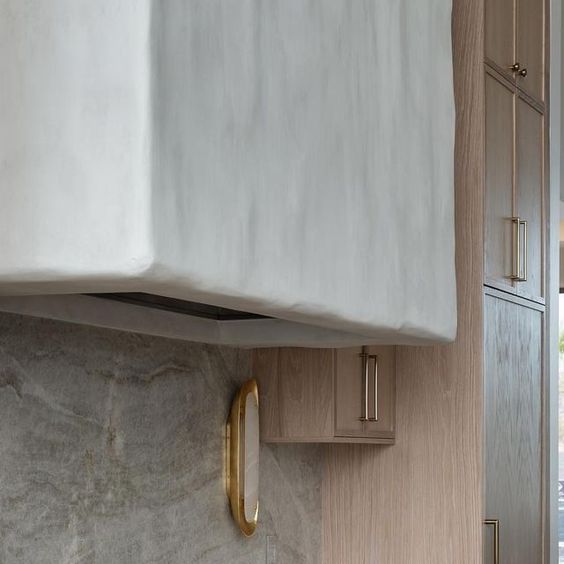
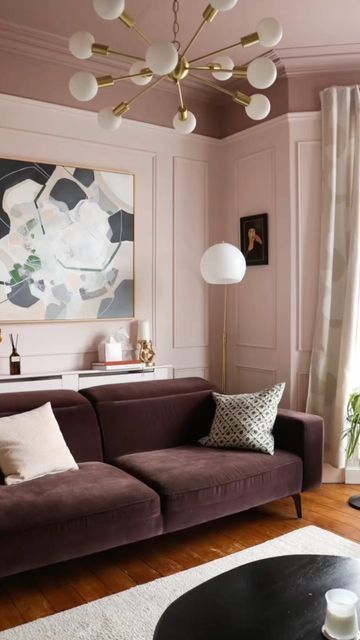
Creating depth and complexity, two or tri-tone color schemes are among the top interior design color trends for 2024. These combinations of colors add visual interest and allow you to play with different shades and tones in your home.
In 2024, there is a shift towards “dumb homes” where clients are seeking a break from technology. Harsh blue daylight lights, flashing led lights, tech listening in and bright touchscreens are giving way to a love of mechanical controls: old-school buttons, switches that toggle up and down, and simpler toilet washlets.


So long to cold, white living rooms! Embrace a living room you can actually enjoy without worrying about accidental wine stains. Minimalism has evolved into a look that is less rigid for a more organic and inviting feel. Warm, textural spaces with natural materials in moodier, earthy color palettes. We’re moving away from bright whites and grays toward more creams, browns, rusts.
Take the first step towards creating your dream space. If you are a couple with multiple homes looking for a decorator near you, a hotelier doing a redesign, or a developer looking for top-notch interior design services near you, Rachel Blindauer and her team are here to bring your vision to life. With our wealth of experience and expertise, we can create stunning and functional spaces that exceed your expectations and bring you to a new height of design and sophistication.
THE PIECES RACHEL RETURNS TO, AGAIN AND AGAIN
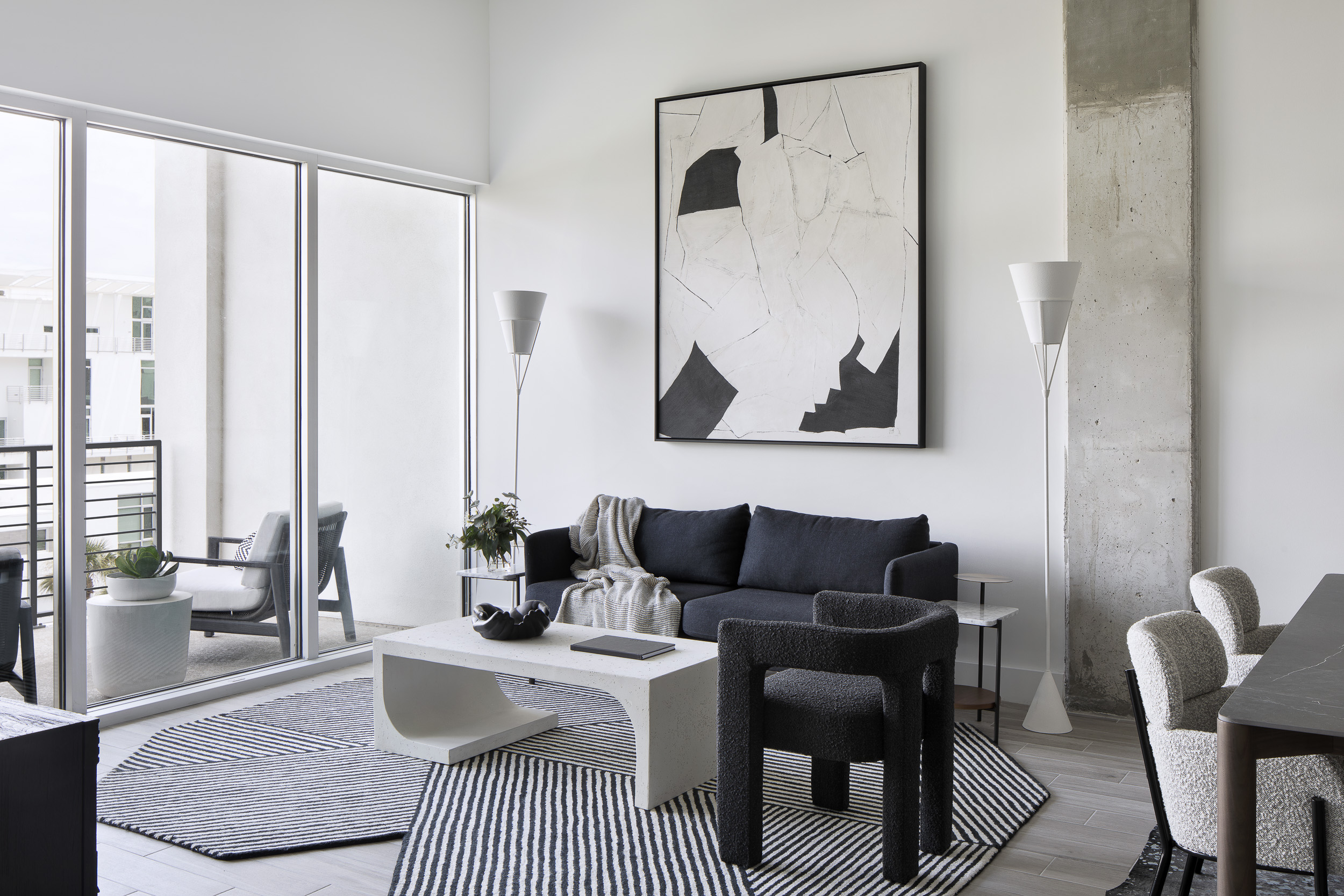
Rachel Blindauer works directly for her clients with assistants just helping behind the scenes. You won’t be given a junior designer that just got out of college and has no idea what they are doing at Rachel Blindauer. As they say the most expensive advice is bad advice…
Rachel Blindauer, who has over 15 years of experience in designing spaces and residential products, often works with clients that have multiple properties, developers, architects, hoteliers and help them on their own estates and their commercial properties. Rachel’s expertise as an industrial designer also adds a level of high end bespoke furniture and built-in designs on estates and furniture manufacturing cost savings on commercial properties.
Throughout her career, Rachel Blindauer has designed over 1000 pieces of furniture, seating, lighting, and decor items for the various Williams Sonoma, Inc. brands, and was an Assistant Vice President (AVP) at Gabby, a trade furniture company.
Rachel’s expertise in interior design is widely recognized, and she has been featured in various publications for her exceptional work. Her designs have been widely published, and her experience in designing interiors and furniture spans over 15 years.
Now centrally based out of St. Louis, Missouri, Rachel Blindauer continues to take on projects in various locations, from Nantucket, Massachusetts, to Sarasota, Florida, and anywhere her clients need her. This allows her to bring her unique design perspective to her jet set clients in different regions, ensuring that each project is tailored to the client’s specific needs and preferences. Each project is unique, and every item she designs has a story of its own. With a deep commitment to using high-quality materials, Rachel ensures that her creations are not only visually stunning but also durable and grows with you.
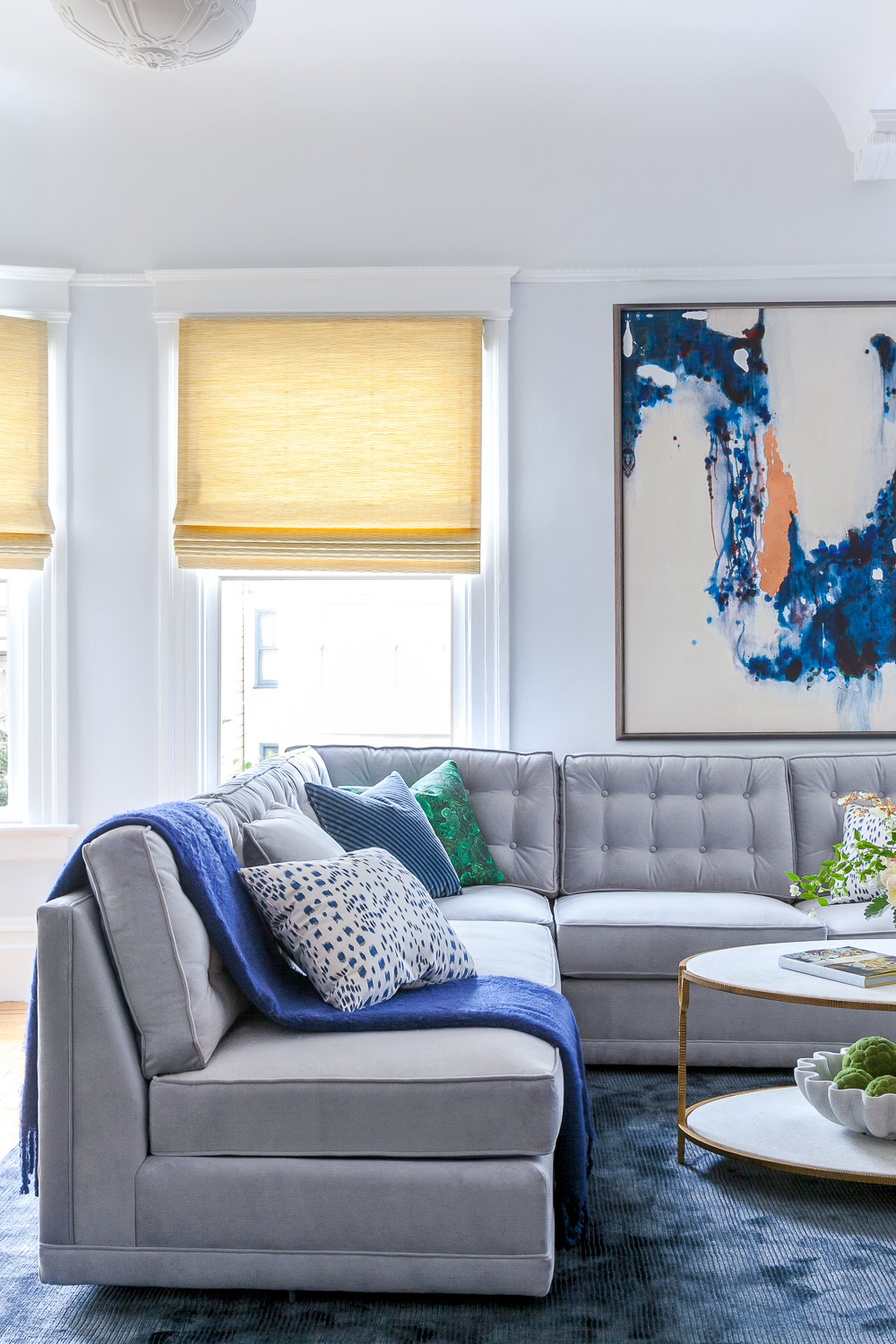
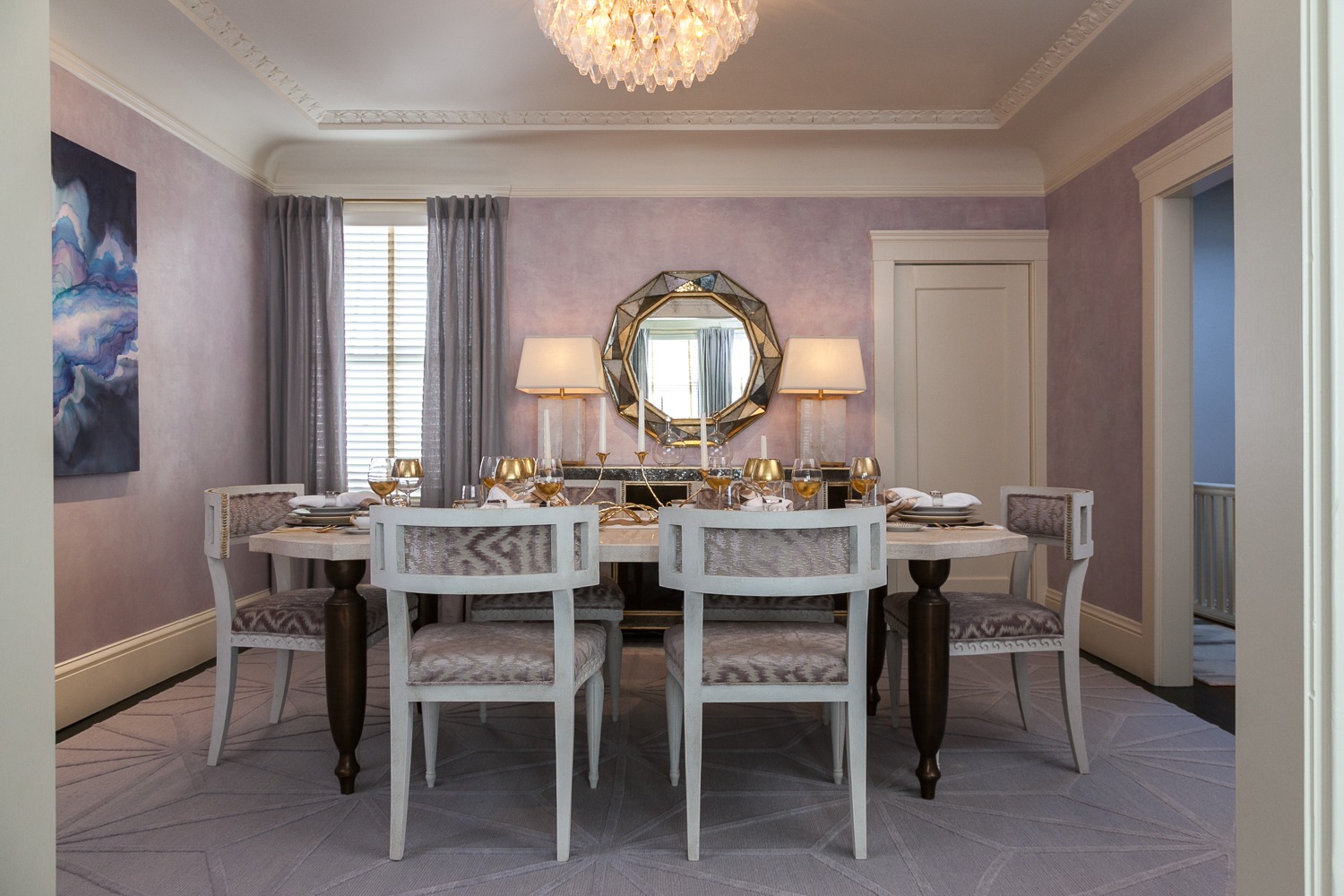
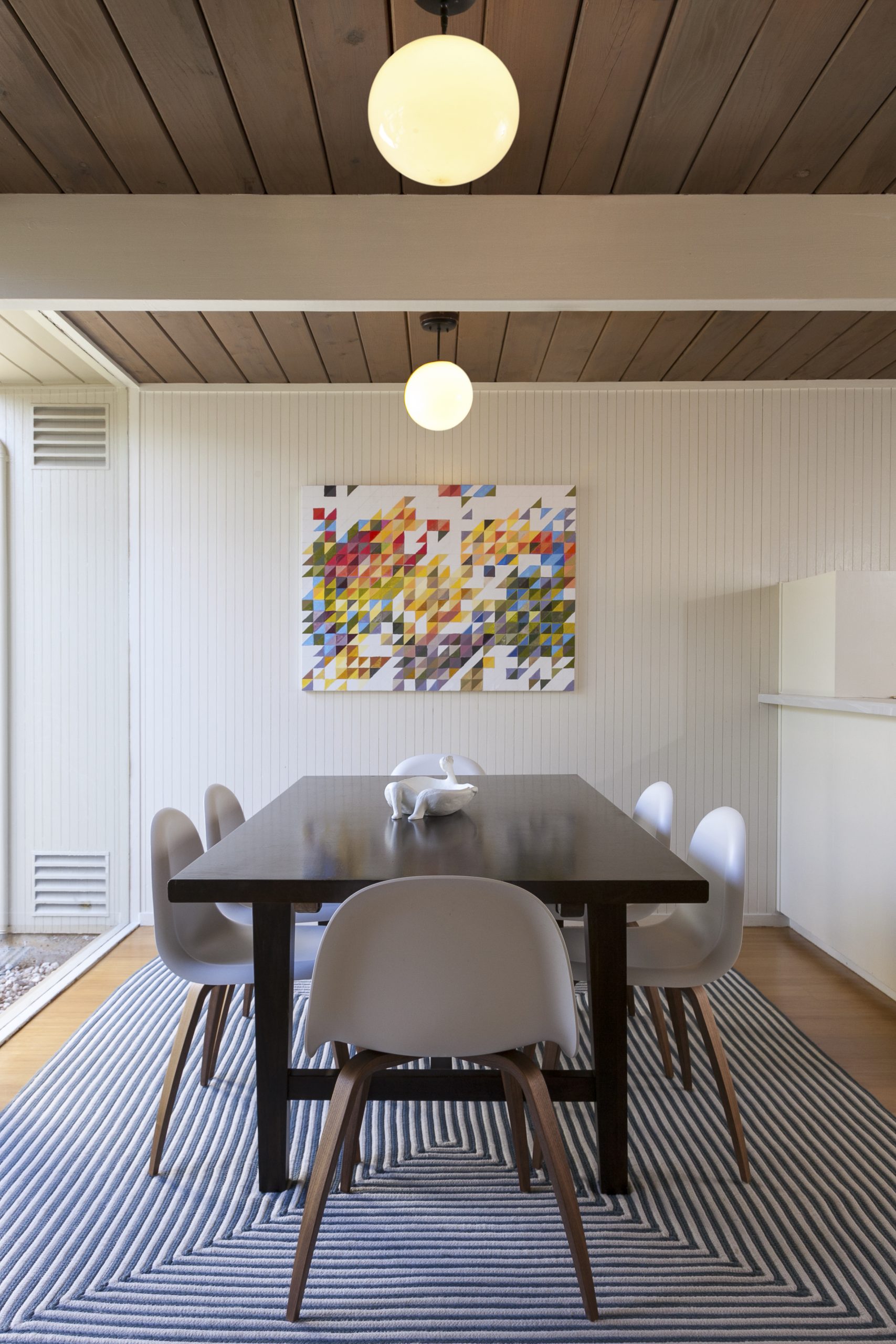
From residential interior design to assistance on commercial projects, Rachel Blindauer offers comprehensive services tailored to your specific preferences and requirements. Whether you need help selecting the perfect flooring, designing a nursery, or curating a shopping experience, Rachel’s personalized solutions will exceed your expectations.
What sets Rachel Blindauer apart is her extensive experience and expertise in the industry. Her keen eye for detail and deep understanding of design principles are evident in every project she undertakes, and her work has been widely published.
Rachel Blindauer is dedicated to providing exceptional design services that are functional and comfortable. Whether you are looking for interior design decor ideas, residential interior designers near you, or home interior design services, we have the expertise and experience to meet your needs.
Take the first step towards creating your dream space. If you are a high-end client with multiple homes looking for a decorator near you, a hotelier, a developer looking for top-notch interior design services near you , Rachel Blindauer and her team are here to bring your vision to life. With their wealth of experience and expertise, they can create stunning and functional spaces that exceed your expectations and bring you to a new height of luxury and sophistication.
THE PIECES RACHEL RETURNS TO, AGAIN AND AGAIN


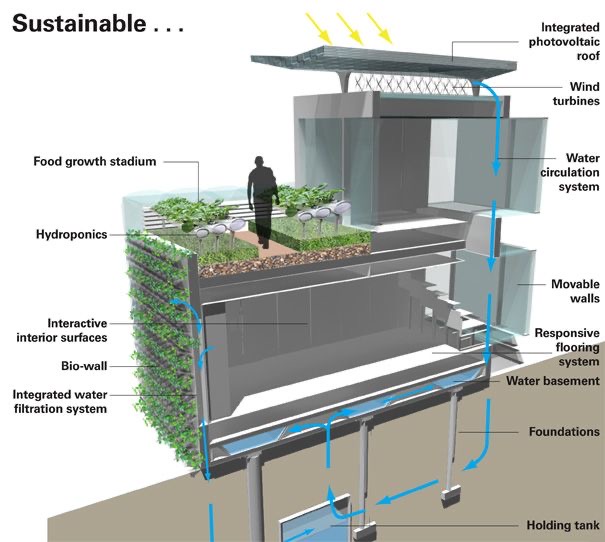
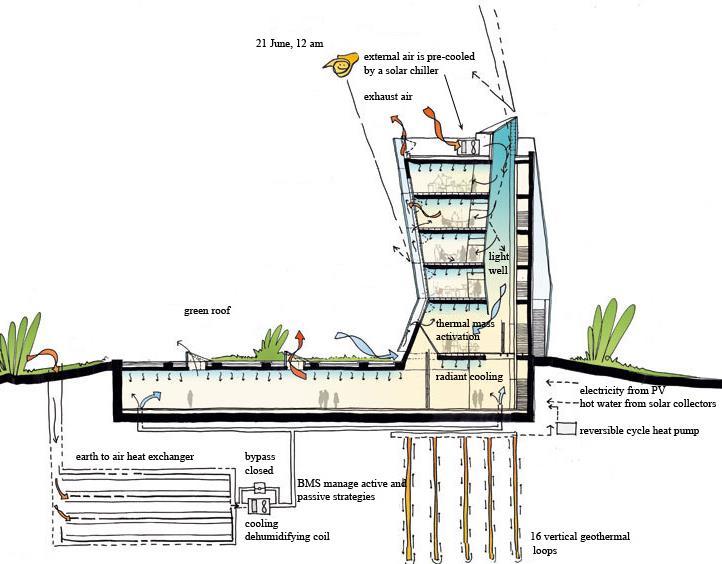
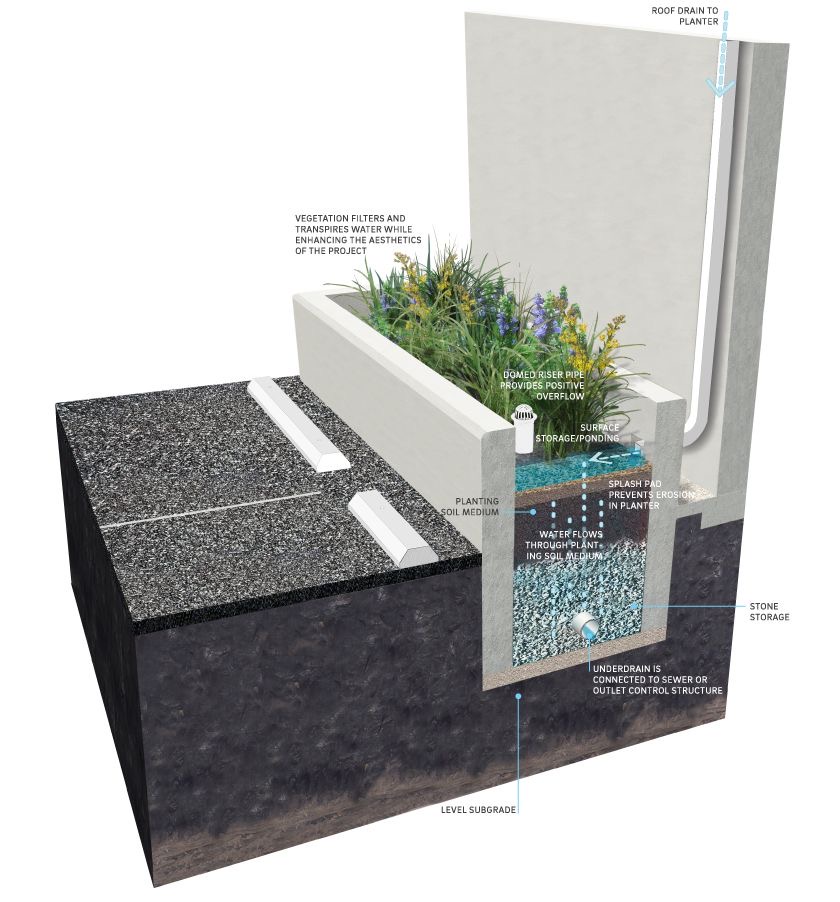
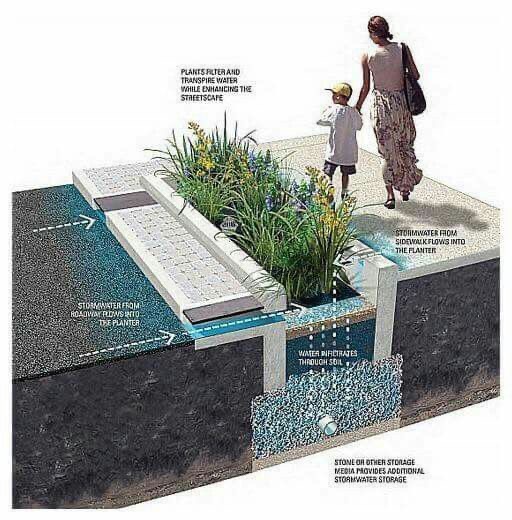
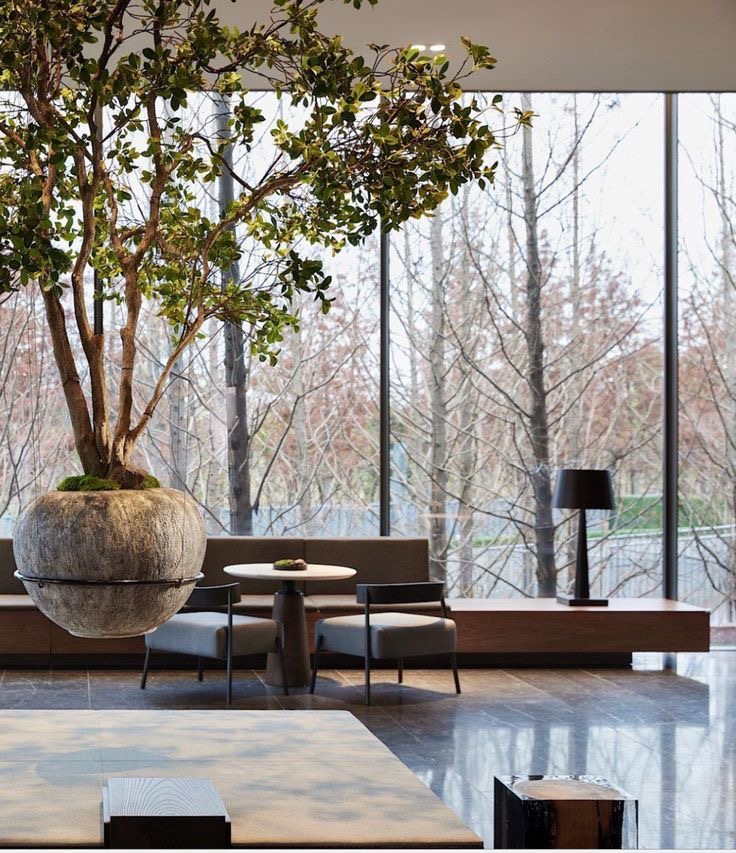


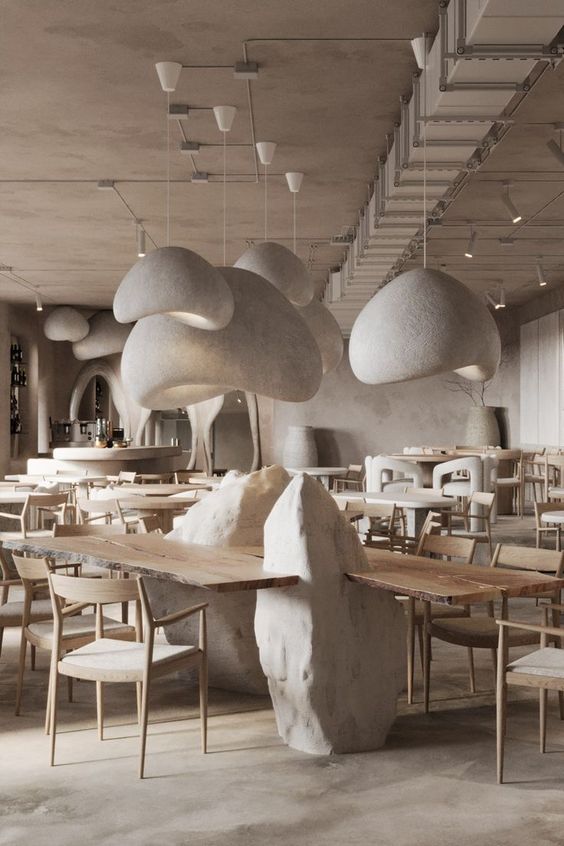
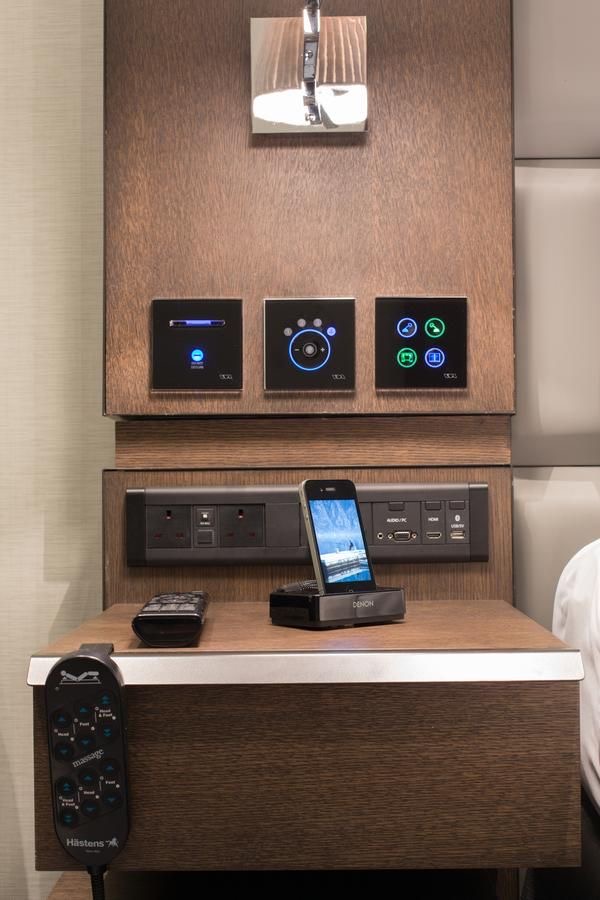
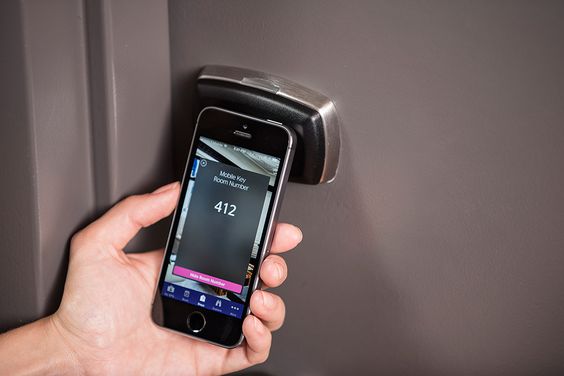
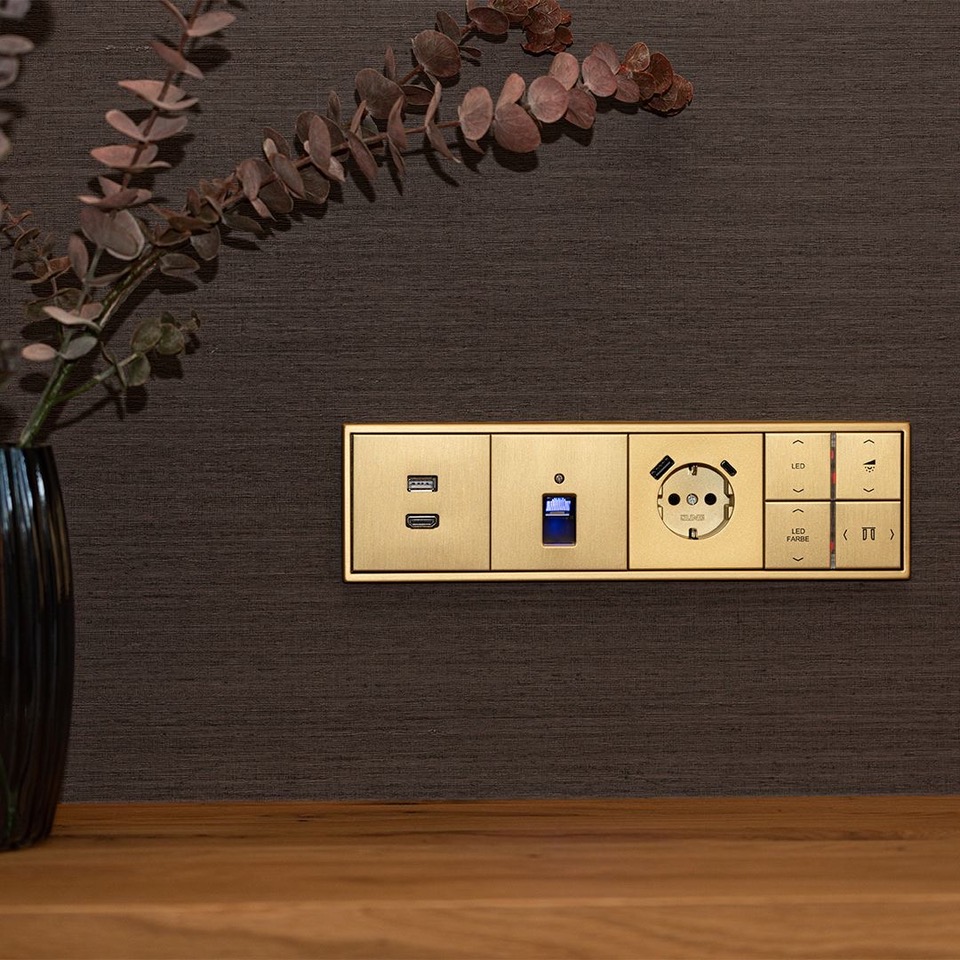
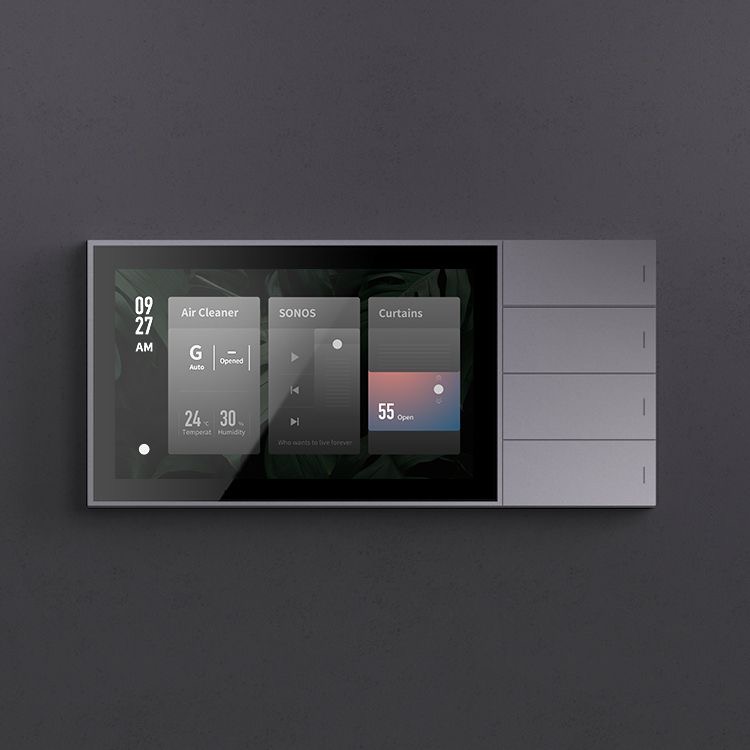
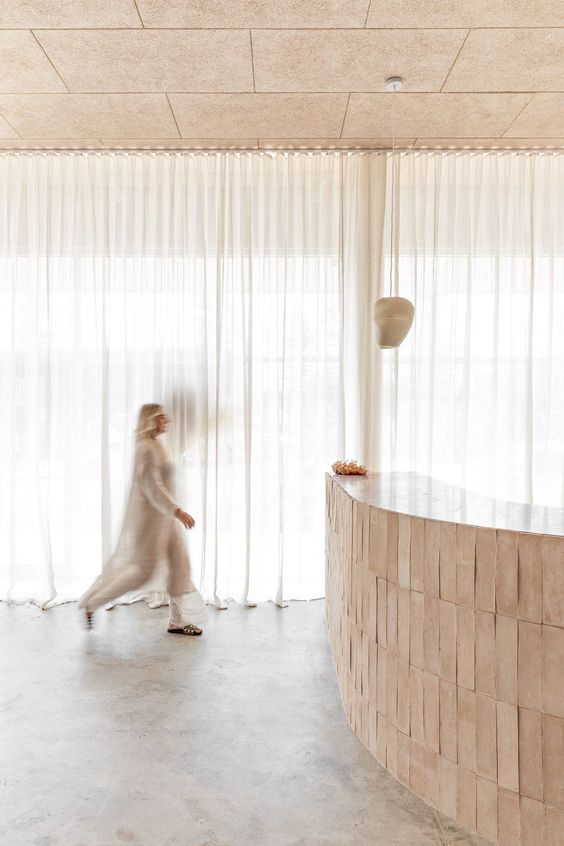
Hotels are reimagining their spaces to cater to the changing needs of guests. Flexible and multi-functional spaces are becoming more popular, allowing hotels to accommodate various events and activities. From co-working spaces to pop-up shops and art galleries, hotels are creating dynamic environments that appeal to both guests and the local community.
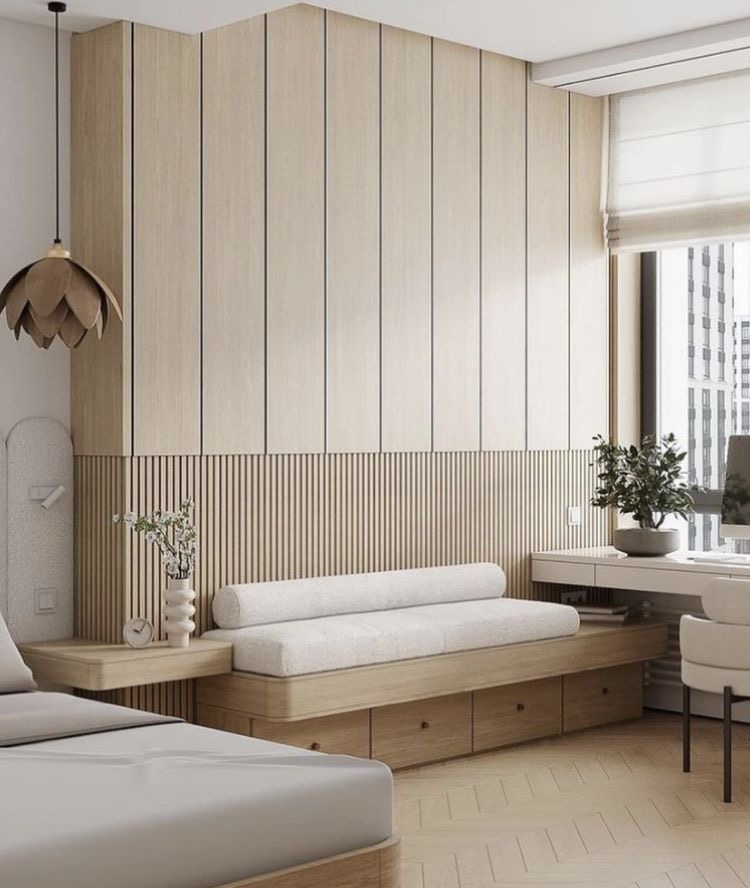
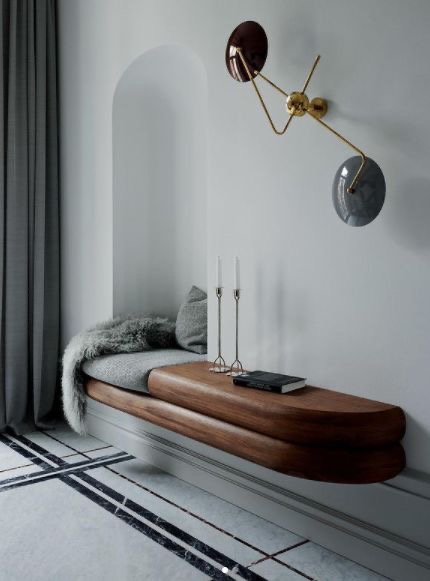

Guests are increasingly prioritizing their health and well-being when choosing a hotel. Wellness amenities now include fitness centers, yoga studios, spa facilities, healthy dining options. Personalized wellness programs are also on the rise, providing guests with opportunities to rejuvenate and maintain their well-being during their stay. Combining business trips with leisure and services results in a need to cater to both business and leisure needs, such as conference facilities as well.
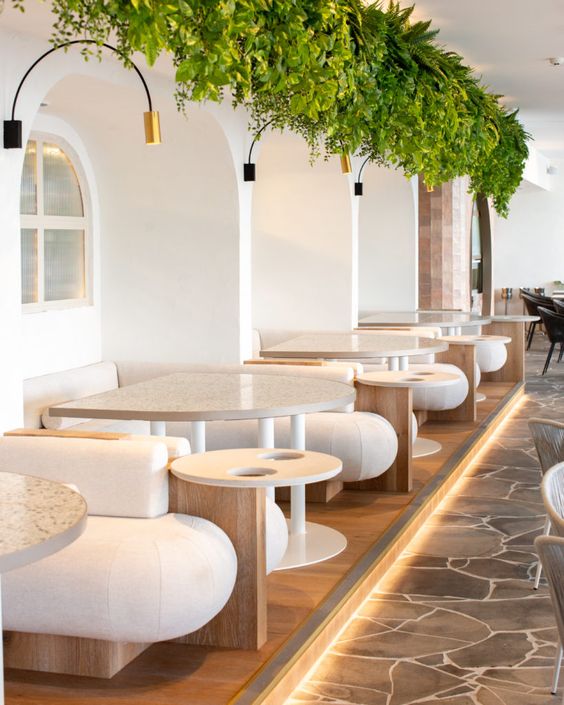
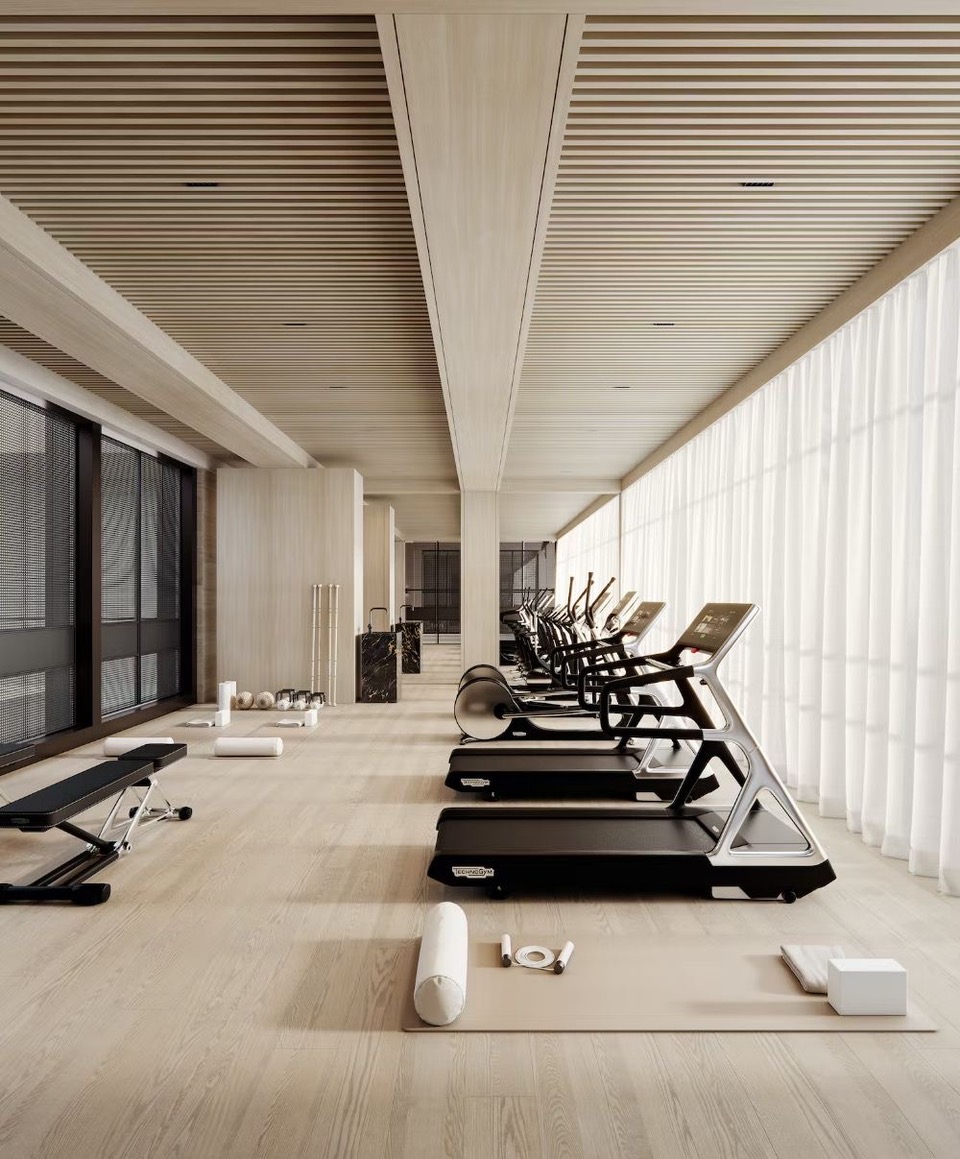
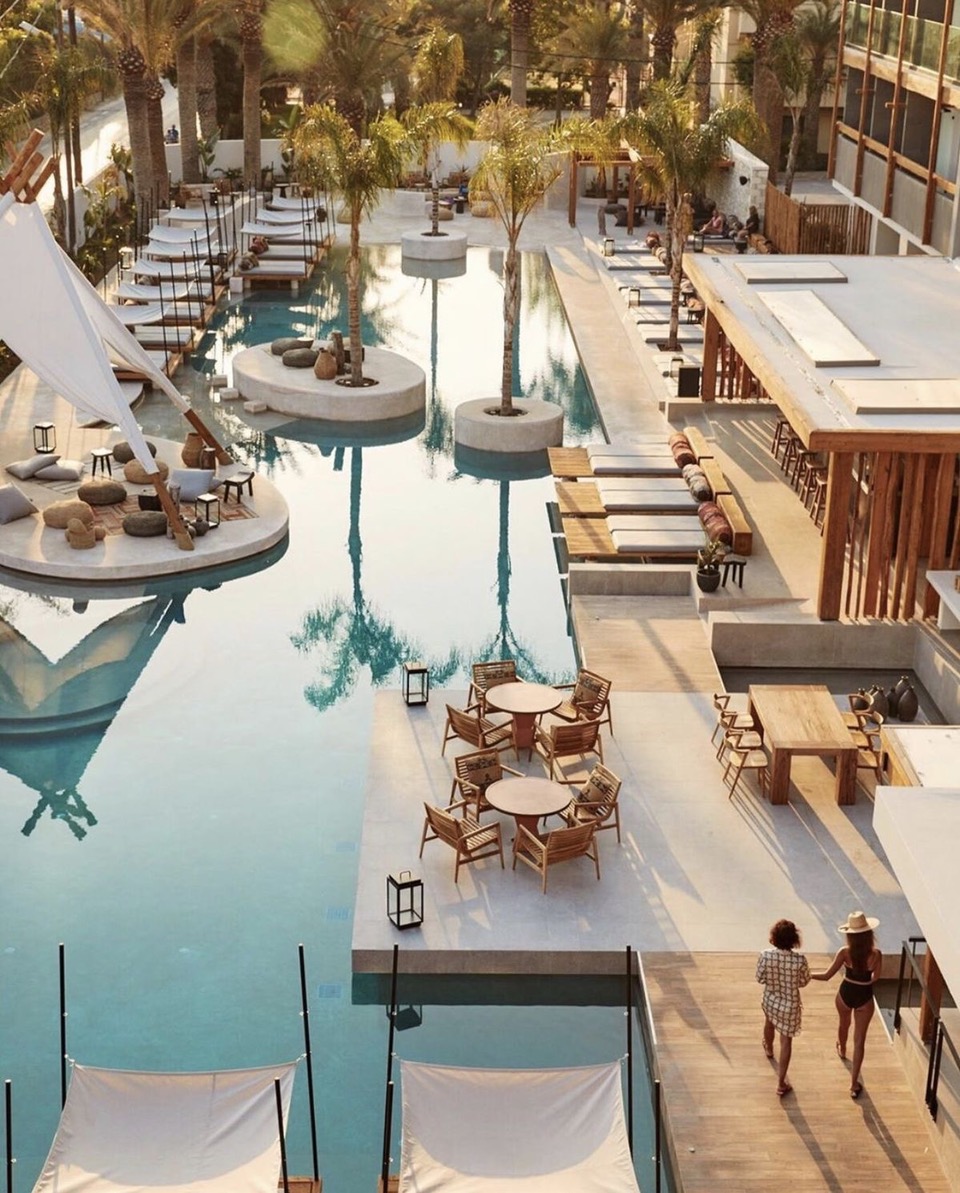
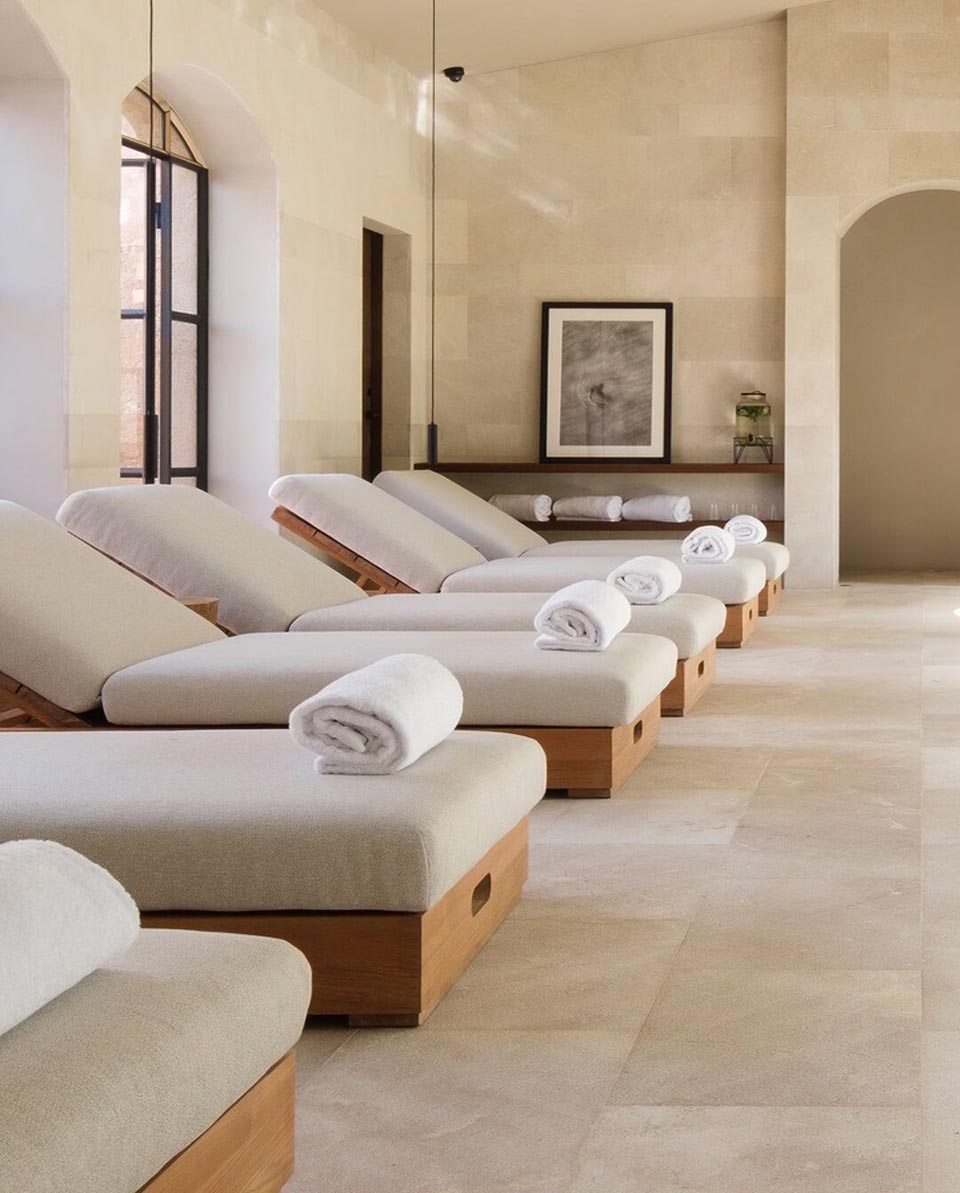
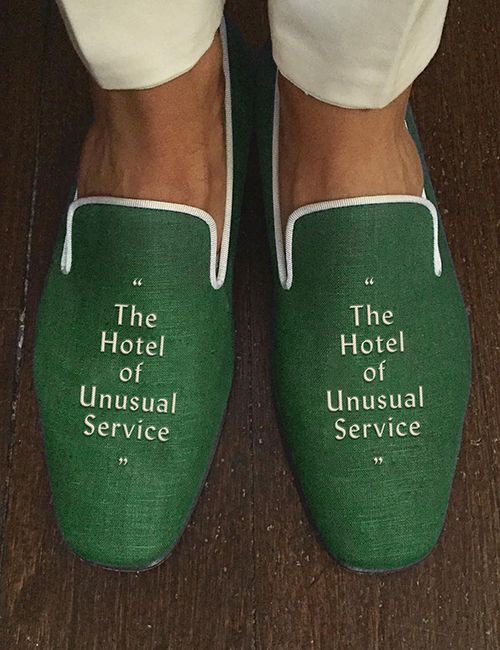
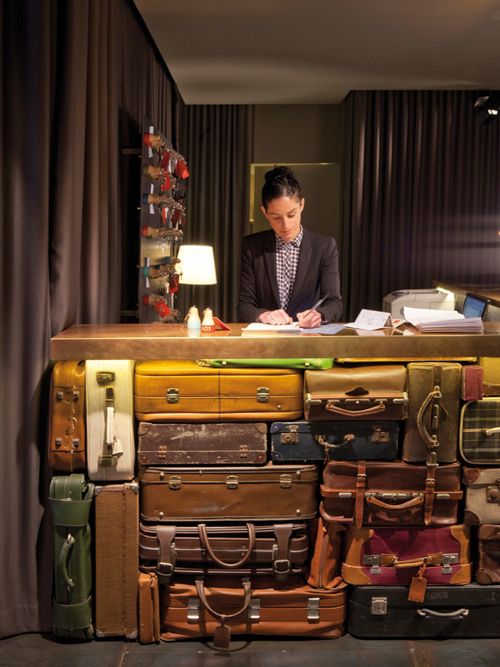
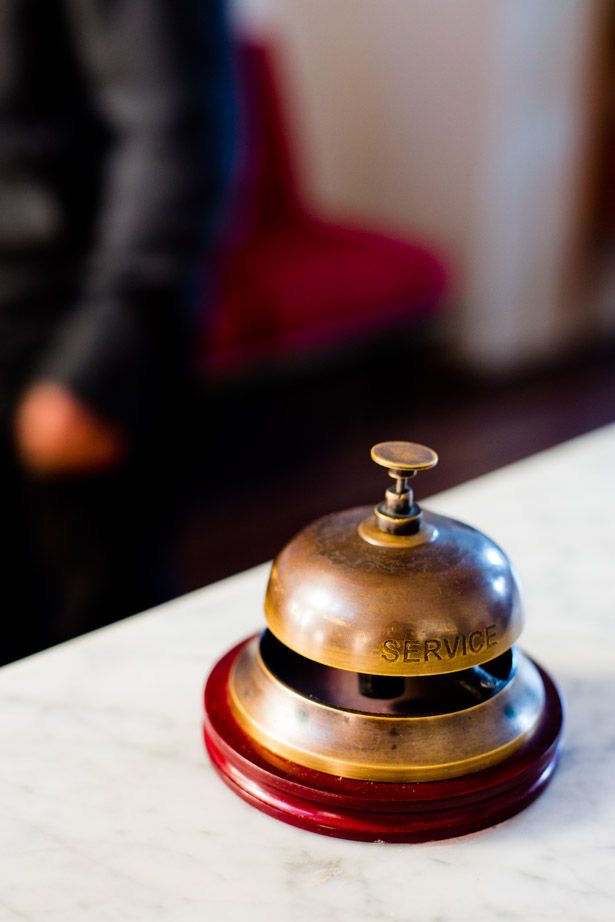
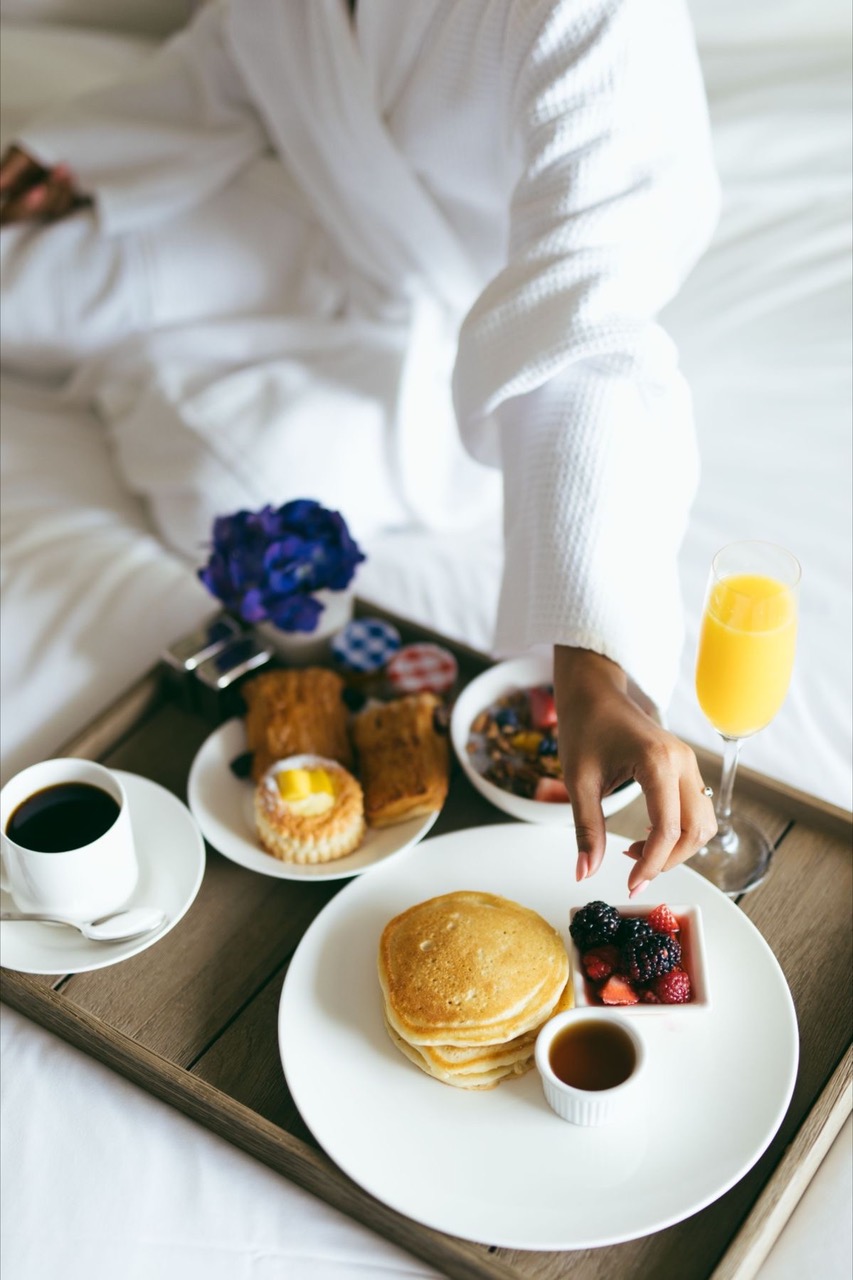
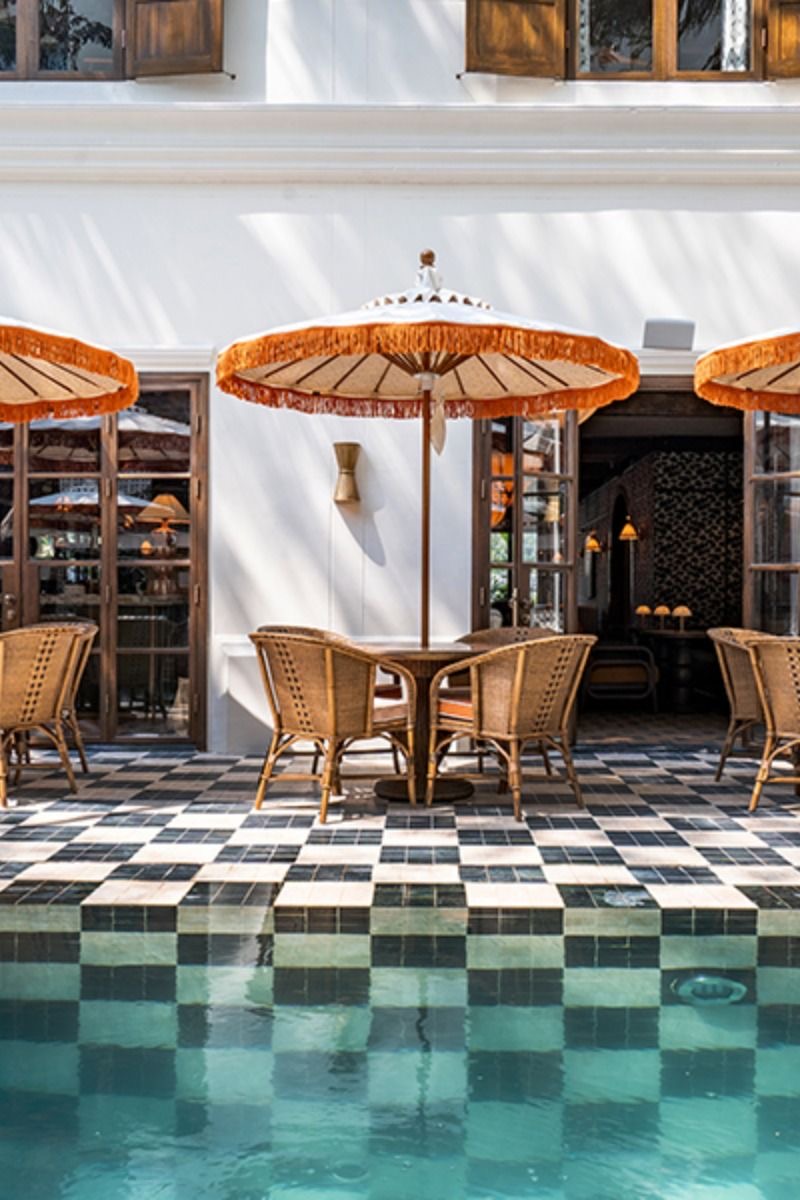
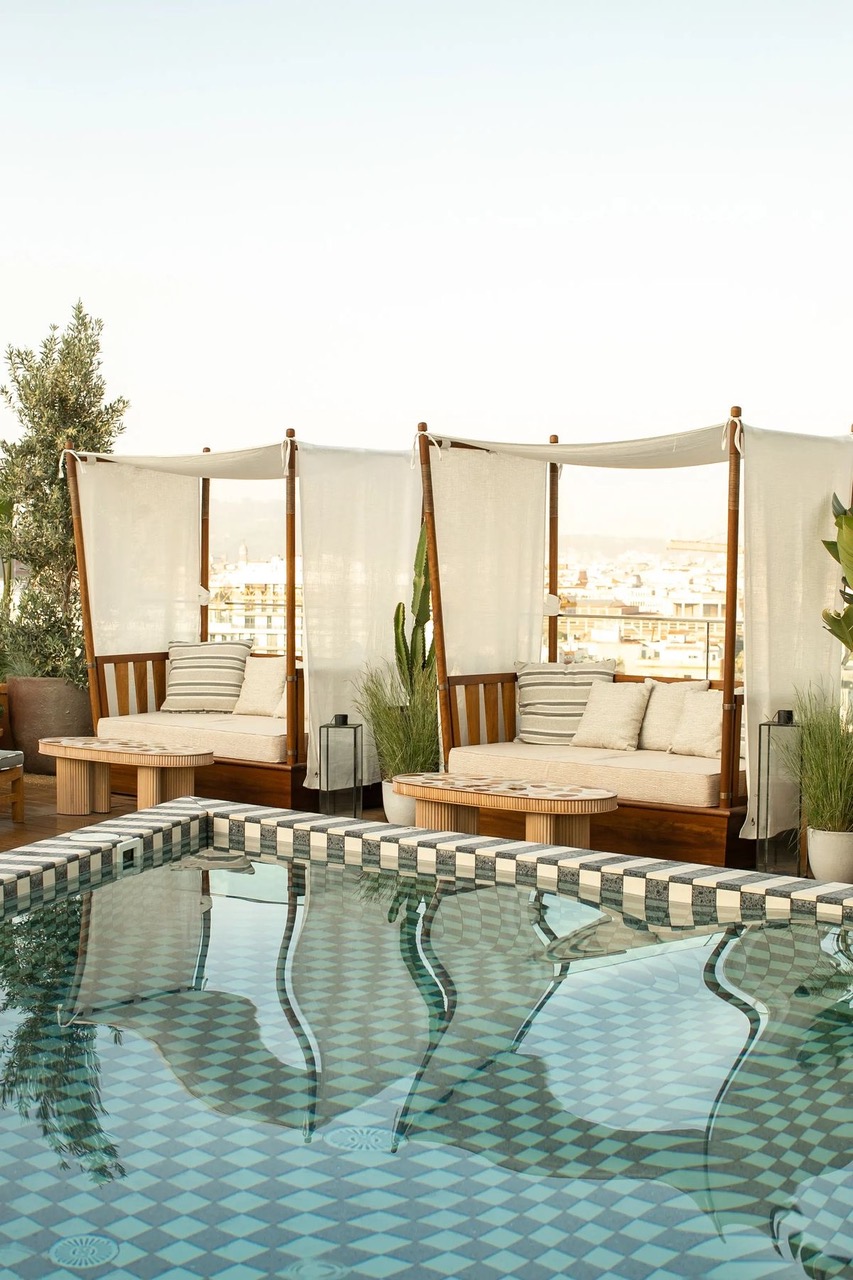
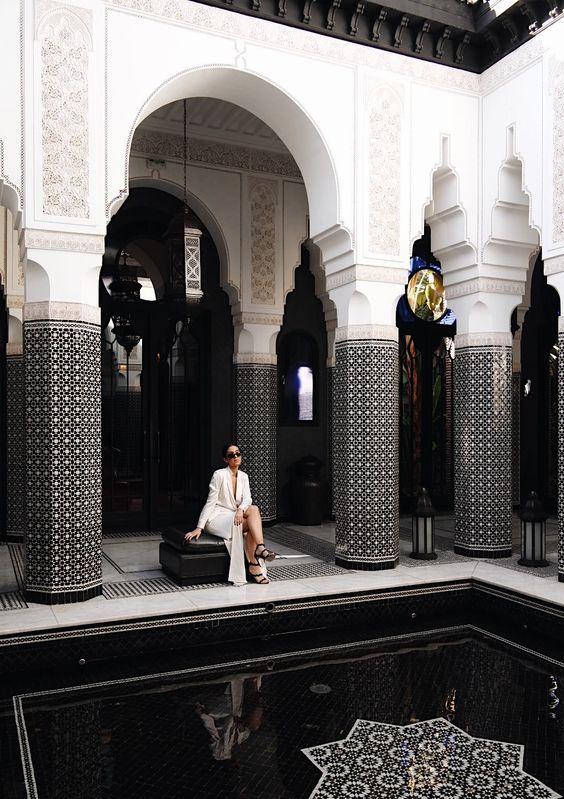
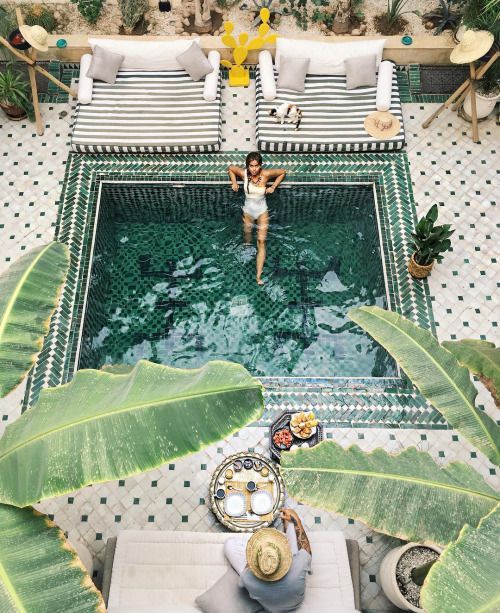
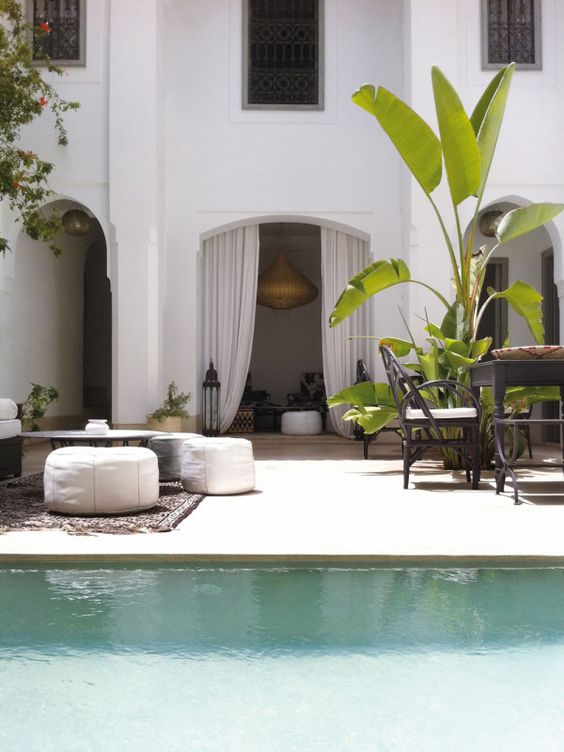
In sum these trends are reshaping the hospitality industry by incorporating sustainable practices, connecting guests with nature, leveraging technology for convenience, creating versatile spaces, prioritizing wellness and well-being, and providing personalized experiences. As the industry continues to evolve, interior designers and hotels continue embrace the ever-changing needs and preferences of travelers. Feel free to download our Designing Iconic Hospitality document to see how we can help you.
Take the first step towards creating your dream space. If you are a couple with multiple homes looking for a decorator near you, a hotelier doing a redesign, or a developer looking for interior design services near you, Rachel Blindauer and her team are here to bring your vision to life. With our wealth of experience and expertise, we can create stunning and functional spaces that exceed your expectations and bring you to a new height of design and sophistication.
THE PIECES RACHEL RETURNS TO, AGAIN AND AGAIN